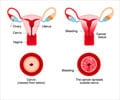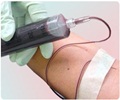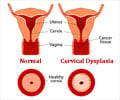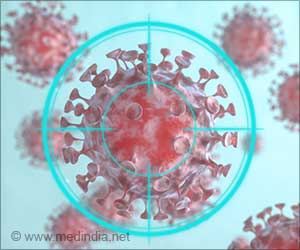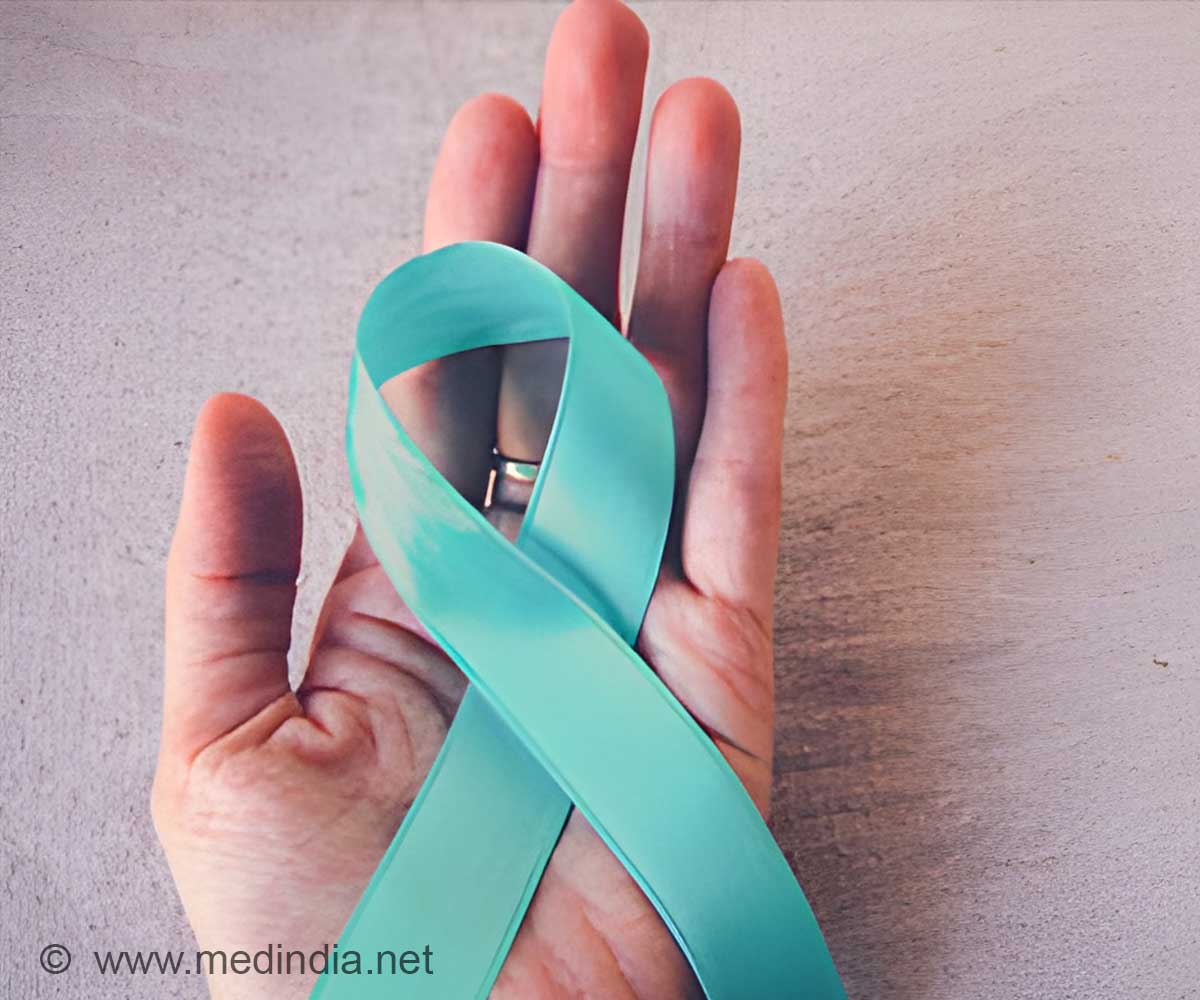
‘Ethnic and racial disparity is the reason behind the low cervical cancer screening rate among women. Therefore, health workers should look for new ways to make these life-saving screening tests available to them.’
Tweet it Now
"These cervical cancer rates are unacceptably low," says Mayo Clinic family medicine specialist Kathy MacLaughlin, M.D., the study's lead author. "Routine screening every three years with a Pap test or every five years with a Pap-HPV co-test ensures precancerous changes are caught early and may be followed more closely or treated." In addition to lower-than-expected screening rates, Mayo Clinic researchers also found racial inequities in terms of who is getting screened.
"African-American women were 50 percent less likely to be up-to-date on cervical cancer screening than white woman in 2016," says Dr. MacLaughlin. "Asian women were nearly 30 percent less likely than white women to be current on screening. These racial disparities are especially concerning."
Mayo Clinic researchers reviewed medical records using the Rochester Epidemiology Project database to determine cervical cancer screening rates for more than 47,000 women living in Olmsted County, Minn., from 2005 to 2016. An estimated 13,240 new cases of invasive cervical cancer were diagnosed in the U.S. in 2018, according to the American Cancer Society. Another 4,170 women died from cervical cancer last year. January is Cervical Health Awareness Month.
Dr. MacLaughlin says these study results should prompt health care providers to start considering new ways of reaching out to patients to help ensure they get screened. Ideas could include setting up Pap clinics with evening and Saturday hours, or offering cervical cancer screenings at urgent care clinics. For women who qualify for the newest screening option of primary HPV screening, clinics could explore the option of giving patients at-home testing kits.
Advertisement
Cervical cancer death rates have dropped dramatically in recent decades thanks to the development of the Pap test in the 1950s. That test involves collecting cells from a woman's cervix and examining them under a microscope to look for precancerous and cancerous cells. A second type of cervical cancer screening -- called the HPV test -- detects the presence of high-risk HPV, which can lead to precancerous changes and cervical cancer.
Advertisement
A limitation of this study is that Olmsted County is less ethnically and racially diverse than the U.S. population, but the county's demographic makeup is reflective of the Upper Midwest. The study's findings related to racial disparities in screening are consistent with several other studies from across the country.
Another limitation is the potential for over counting young women as not screened who are insured by their parents and have an Olmsted County address but may have gone to healthcare providers outside of Olmsted County for screening.
Source-Eurekalert

